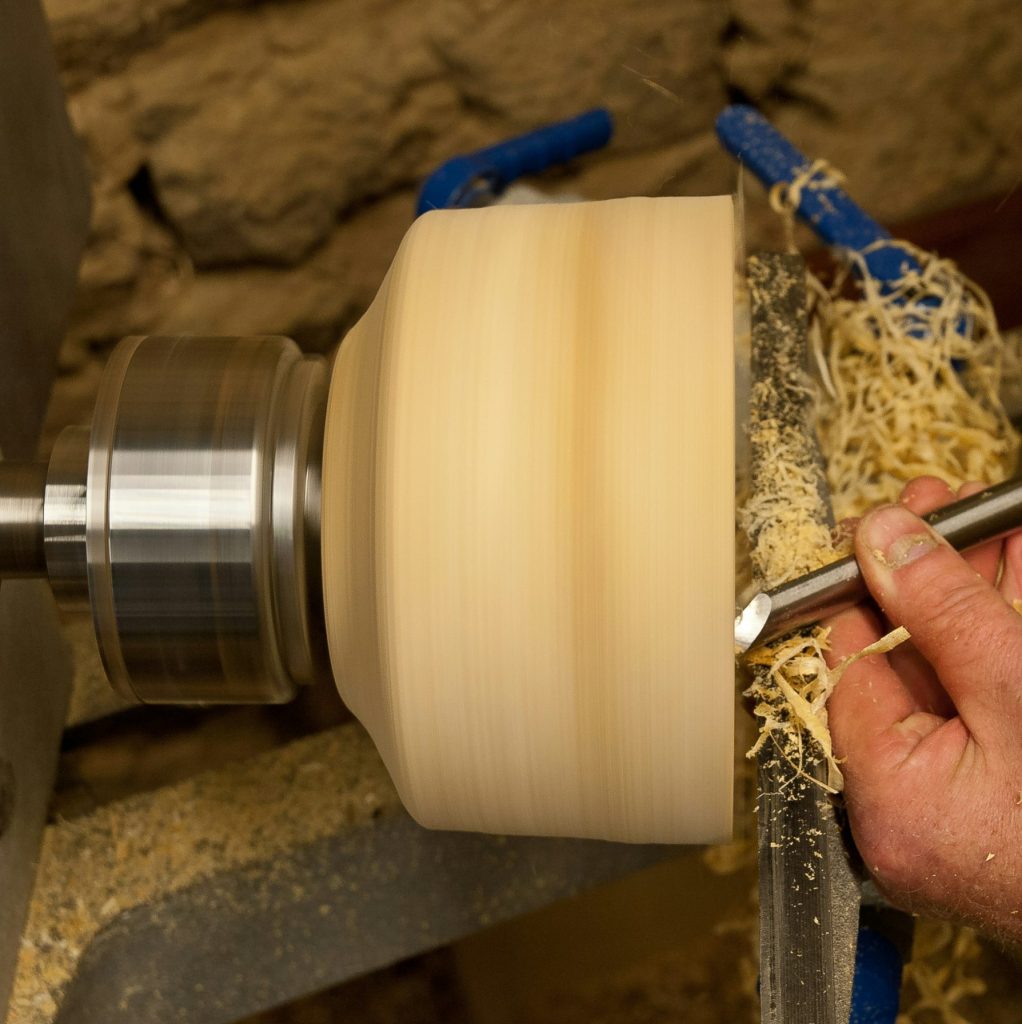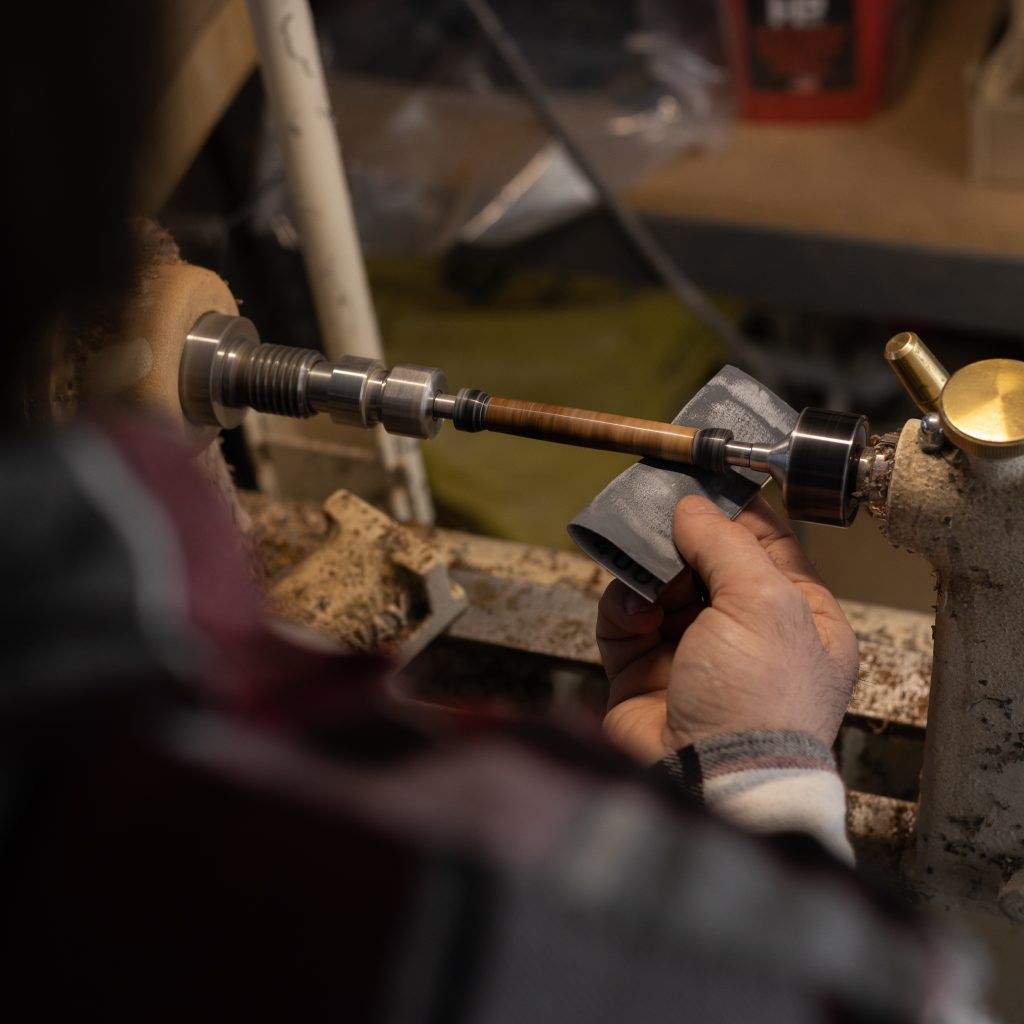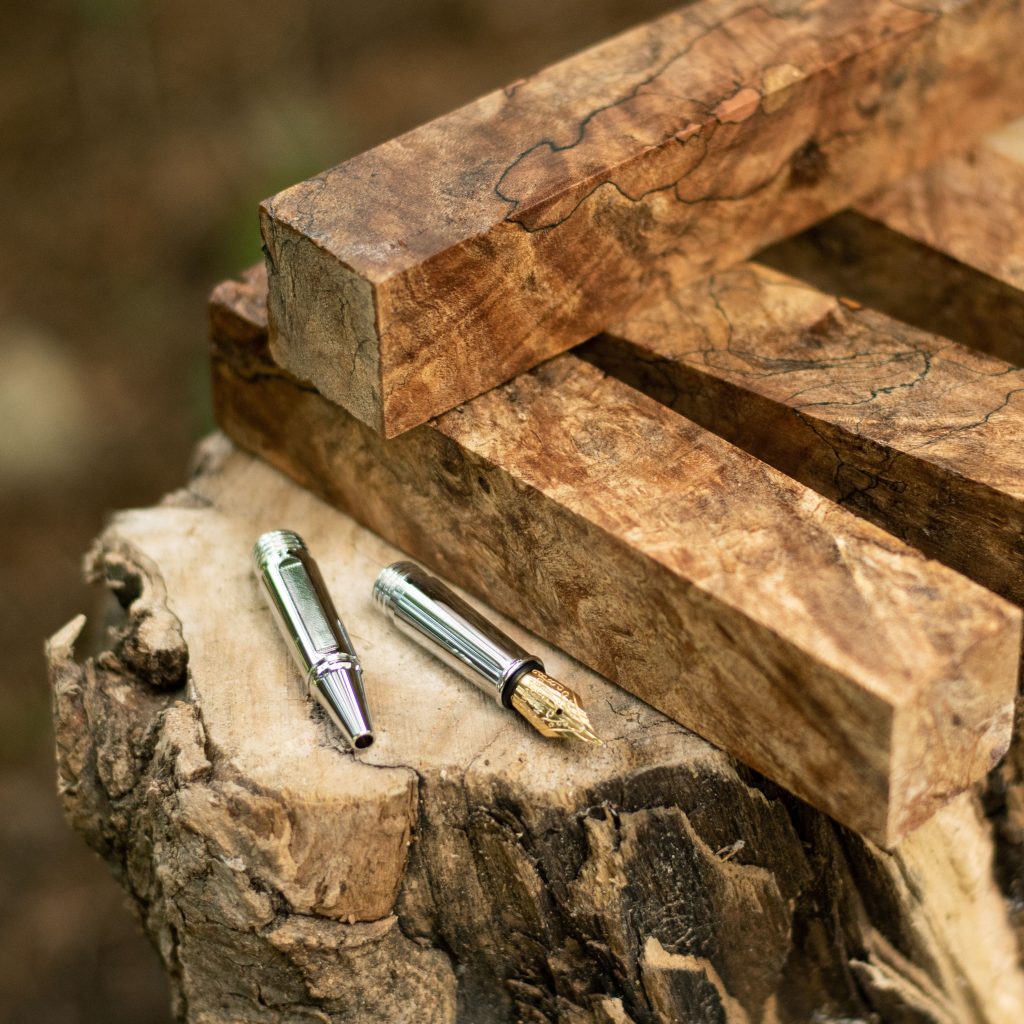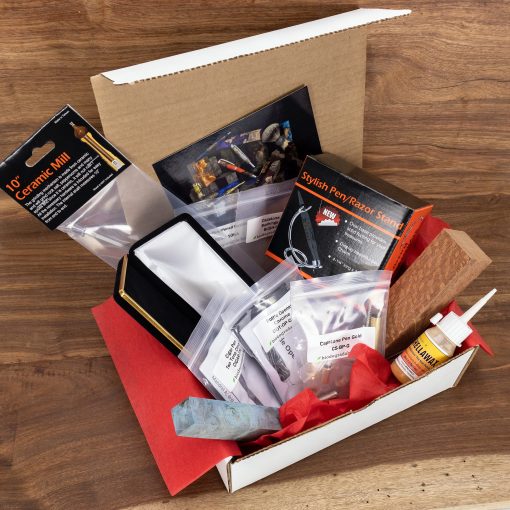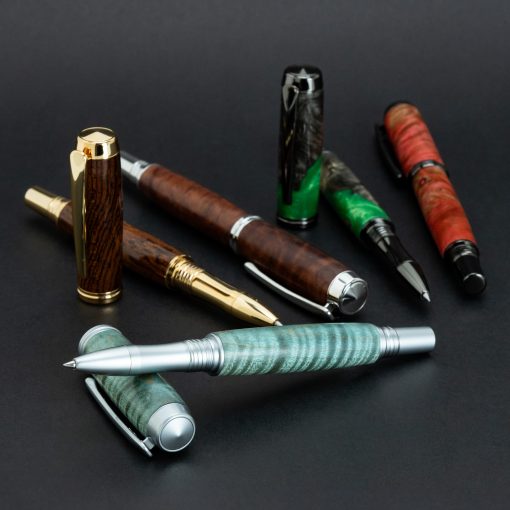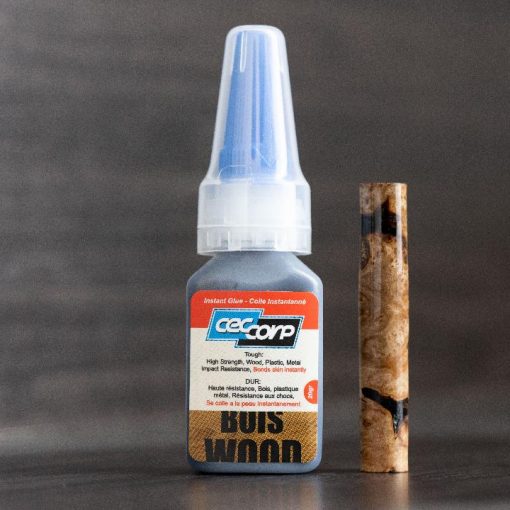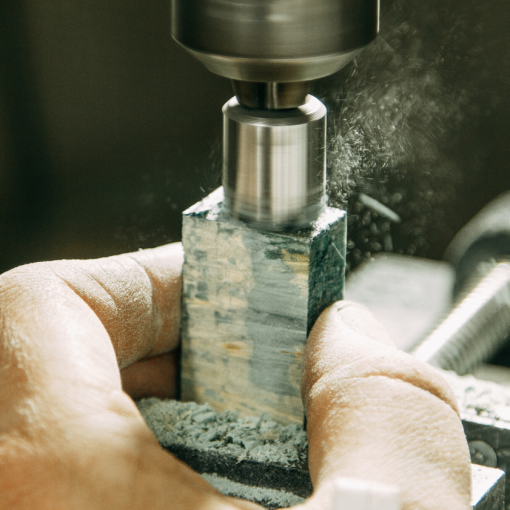
If you’re a beginner woodturner or a pen maker ready to branch out into larger projects, you might have questions about chucks. A chuck is inserted into the headstock of a lathe to clamp things in place, whether that’s a blank or a tool. Different chucks do different jobs. So what are they all for? Here are the basics about chucks and related tools you’ll find when shopping for woodturning supplies and how they work.
Know your lathe spindle size
A chuck threads onto the headstock spindle of your lathe, so the threading on the chuck must match the threading on the spindle. This may seem obvious, but it’s a pretty common oversight. Spindle size is explained in diameter and TPI, which stands for “threads per inch”. For example, if a chuck is marked as 1″ x 8TPI, that means the matching spindle is one inch across with 8 threads per inch. If you want to use a chuck that doesn’t match your spindle, there are adapters available on the market. Common sizes are 1″x 8 TPI, 1 1/4″x8 TPI and 3/4″ x 16 TPI. It’s best to check your lathe’s user manual to be sure.
2-jaw, 3-jaw and 4-jaw chucks for woodturning
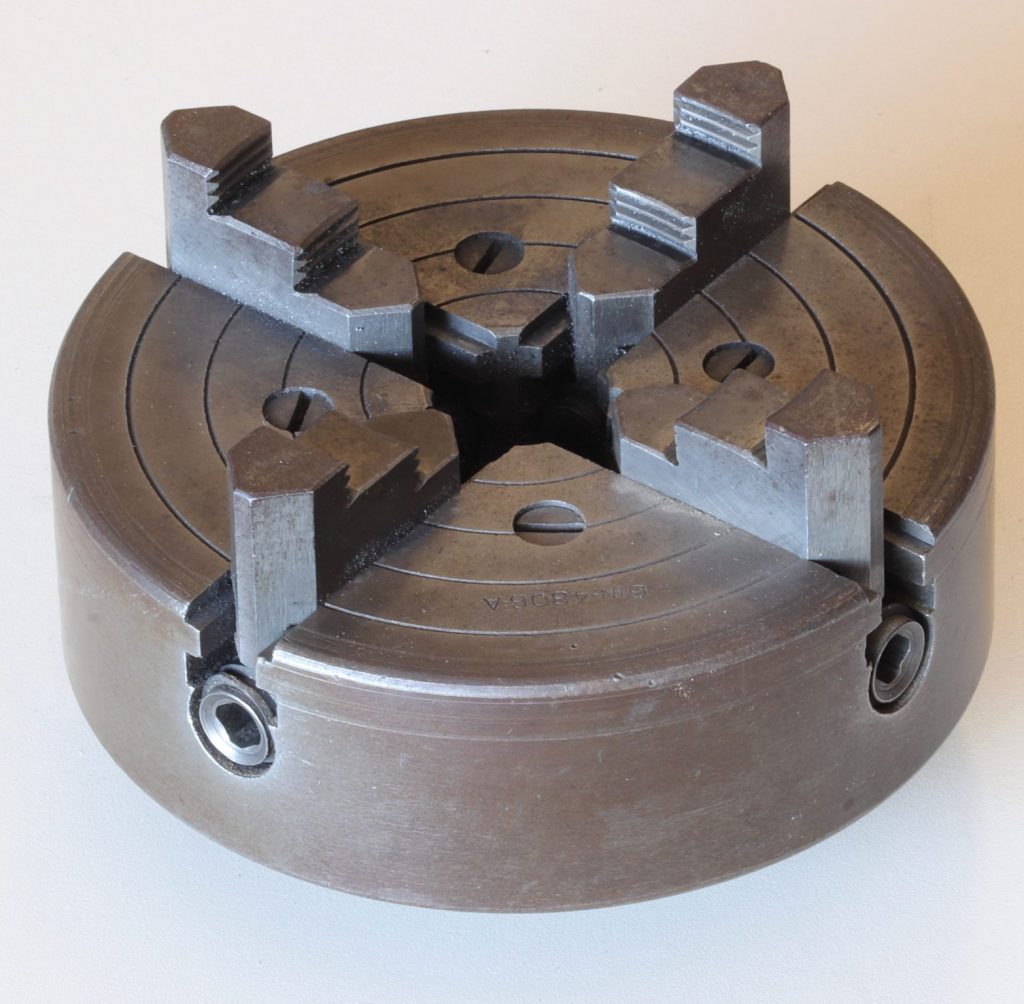
2-jaw chuck: This is known as the dedicated pen blank drilling chuck. The two jaws hold the pen blank perfectly centered when drilling using the tailstock. Considering how precise pen kits need to be, this is a must-have for pen turners.
3-jaw chuck: This chuck allows you to mount cylindrical items in your lathe, such as round-shaped pen blanks. Some can hold objects from both the outside and inside. A self-centering 3-jaw chuck is easy to use but isn’t the best choice for irregularly shaped items.
4-jaw chuck: A 4-jaw chuck can hold different sizes of projects from pen blanks to spindles and more. Each jaw can be adjusted independently so it’s able to clamp many different shapes and sizes of projects.
Using a faceplate on your lathe
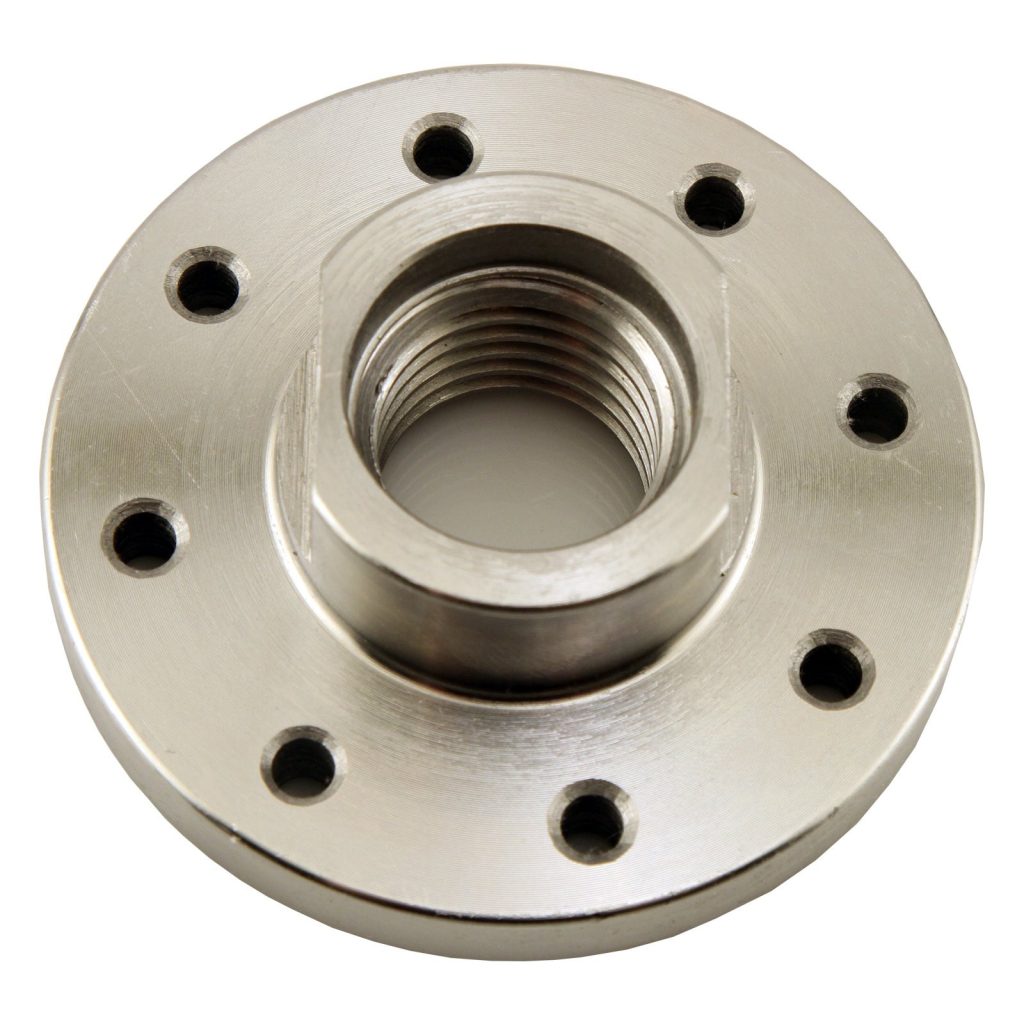
While a faceplate isn’t technically a chuck, it falls into the category of tools that secure your project to the headstock of your lathe. Faceplates are mostly known for use in bowl turning but are good for other bulky items like vases or lamp bases. They’re also used with irregular and unbalanced items for safety. A faceplate can be used to rough out the shape of a large piece of wood before putting it in a chuck for a smaller job. It is secured to the wood piece with screws for a sturdy hold.
Drilling on your lathe
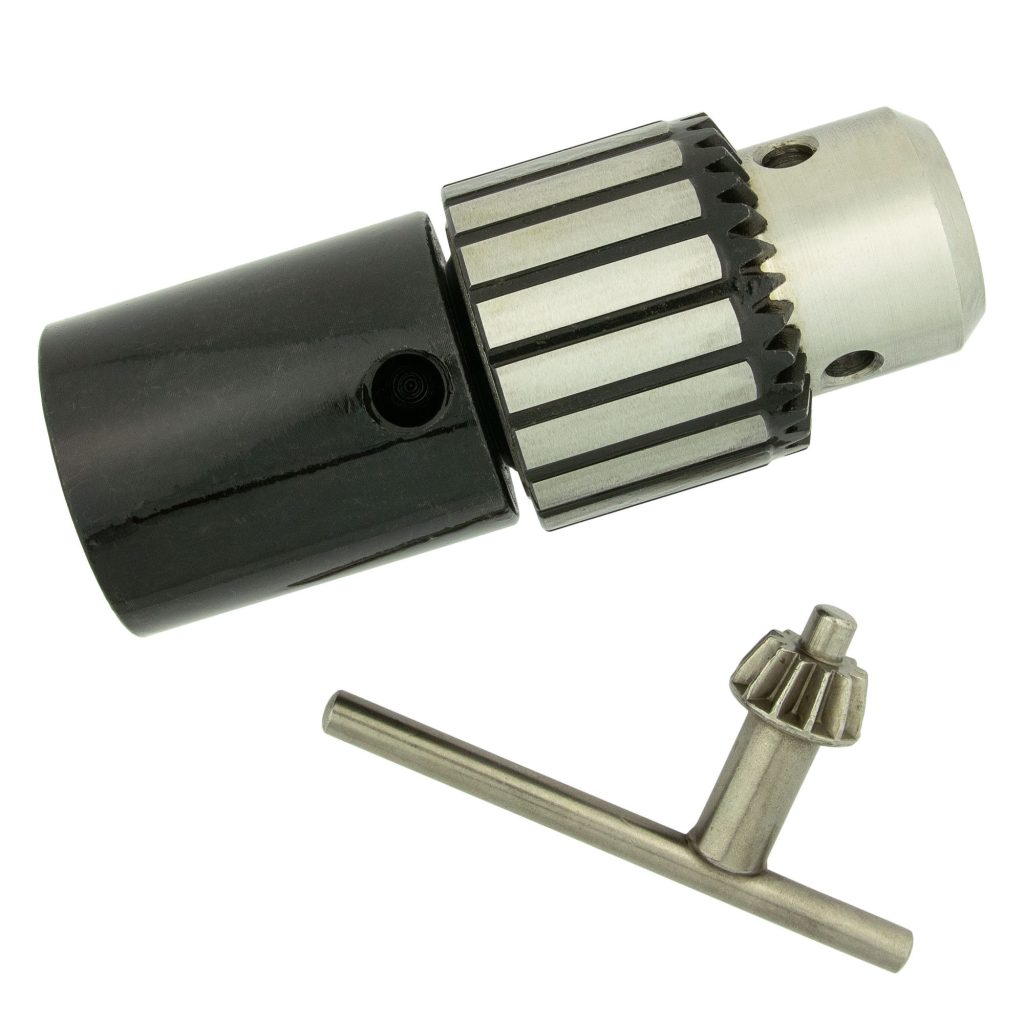
A drill chuck may be self-explanatory to some, but it’s an essential tool for drilling on your lathe. It’s simple to use and can be manual or keyless. Secure your pen blank in the chuck on the headstock of your lathe, and put the drill chuck in the tailstock. Insert the appropriate size of drill bit, turn on the lathe, and advance the tailstock towards your blank to drill a perfect hole.
Chucks for closed-end lathe projects

A chuck system for closed-end projects includes the tools you need to make things like bottle stoppers, bottle openers or handles of utensils. It has threaded rods that are fitted into the wooden blank to hold it securely while you turn from all angles, rounding out the end.
When to use a collet system on your lathe
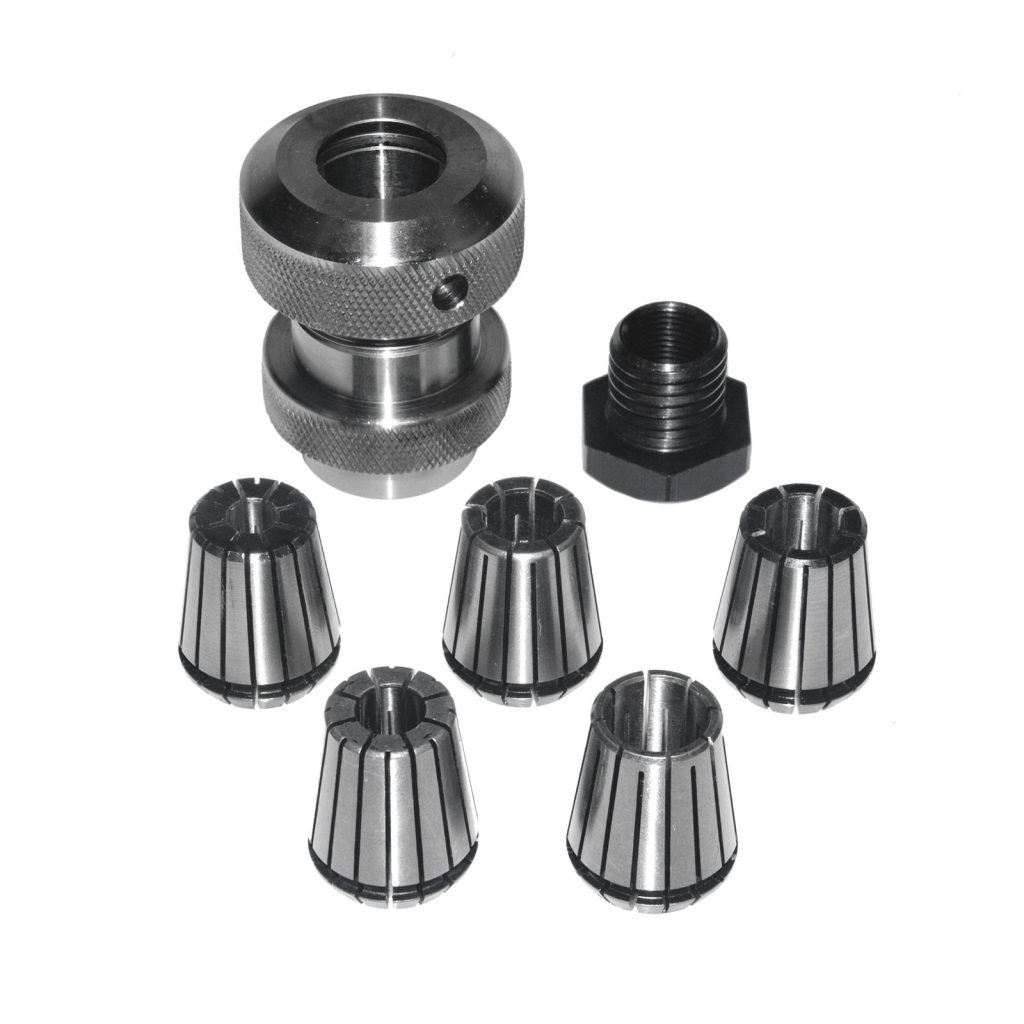
Collet systems are ideal for gripping pen mandrels, bottle stoppers or projects where a tenon is used for chucking. Collets are extremely accurate because they apply pressure evenly on all sides of a blank or tool. They won’t crush soft wood as easily as a chuck with jaws can.
What is a jam chuck used for?
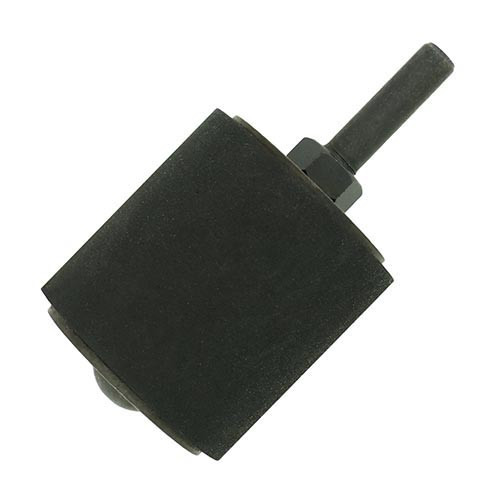
Jam chucks are used to reverse-mount a bowl or recessed object on a lathe so you can finish the base. The chuck is threaded onto the lathe’s headstock with the recessed area of the wood on the chuck’s surface. As the threads are tightened, the rubber part will widen, creating a friction grip to hold the piece in place. Jam chucks come in different shapes and materials, and some people even make their own from wood.
Canadian woodturning supplies and tools
At William Wood-Write, we specialize in making woodturning fun for makers of all skill levels. We stock the largest selection of tools and supplies specific to pen turning in Canada. If there’s a tool for it, we’ve probably tried it! We’re always acquiring new stock of unusual and exotic wood pen blanks, so don’t forget to check our website regularly, and sign up for our newsletter for tips, deals and how-to’s.
